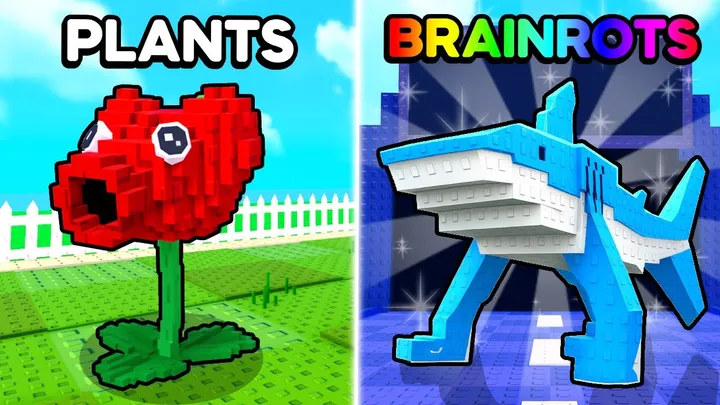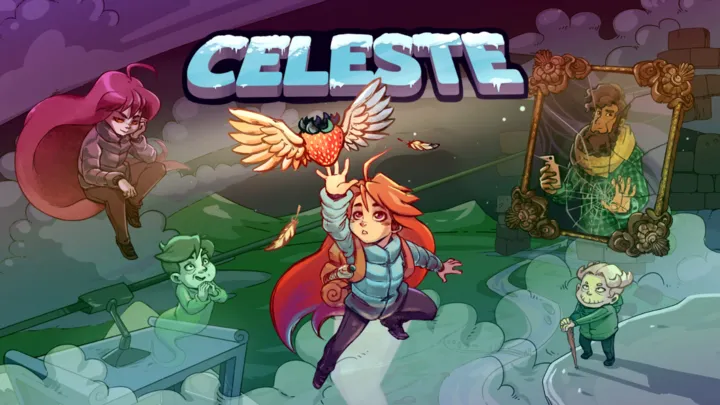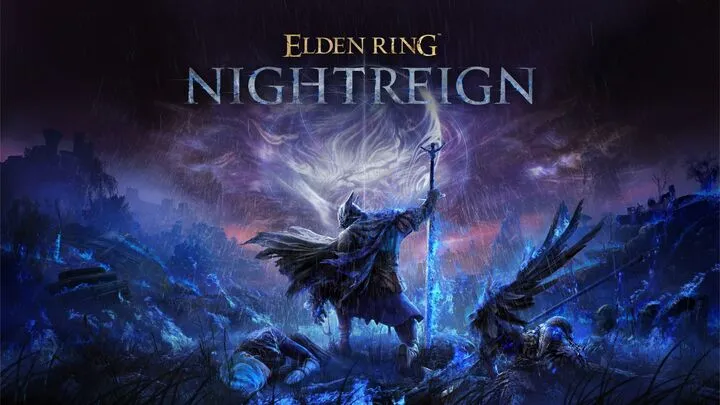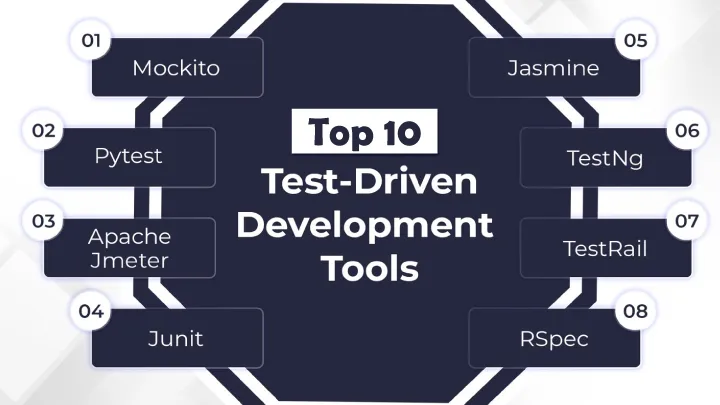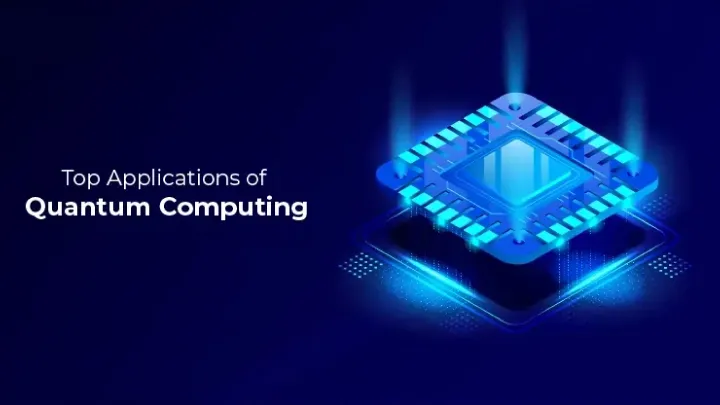Introduction
Quantum computing basics unlock a paradigm shift from classical bits to qubits, enabling exponential problem-solving in cryptography, optimization, and simulation—key to 2025's quantum race led by IBM and Google, where entry-level tools democratize access for students and pros alike. Mobile apps gamify these concepts with puzzles, visualizers, and simple circuits, turning downtime into discovery without needing a quantum lab. This review curates the top 6 apps for exploring quantum basics, selected from 2025 app trends, quantum education forums, and insights from sources like TekRevol and Q-CTRL. Each app details features, strengths, and weaknesses (as tailored paragraphs), with an overall evaluation without scores. From novices puzzling over gates to enthusiasts simulating algorithms, these iOS- and Android-ready apps offer over 2000 words of engaging guidance to quantum-ize your pocket.
1. IBM Quantum Lab
Overview: IBM Quantum Lab's mobile app provides access to Qiskit tutorials, circuit builders, and real quantum hardware simulations for learning qubits and basic gates on the go.
Strengths: Interactive Qiskit playground lets users drag qubits and apply Hadamard gates, visualizing superposition instantly, with exportable circuits for deeper study. Free access to IBM's cloud quantum processors runs simple experiments like Bell states, bridging theory to hardware. Offline mode caches tutorials on entanglement, while community notebooks inspire beginner projects. Certifications integrate for resume boosts, aligning with 2025's quantum job surge.
Weaknesses: Requires account setup for hardware access, and mobile simulator lags on multi-qubit runs. Focus on Qiskit assumes some Python comfort, steep for absolute novices. Advanced features web-optimized, feeling secondary on phones.
Overall Evaluation: IBM Quantum Lab demystifies basics with real hardware touchpoints, ideal for aspiring quantum devs, though setup and perf may nudge toward desktop.
2. Hello Quantum
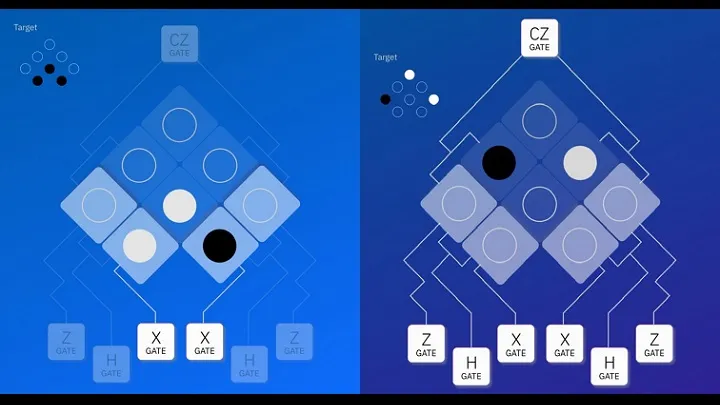
Overview: Hello Quantum's app gamifies qubit mechanics through puzzle levels teaching superposition, measurement, and interference via Min quantum processor simulations.
Strengths: Bite-sized puzzles escalate from single-qubit flips to multi-gate circuits, rewarding intuition over code for visual learners. Completely free with offline play, it includes explanations of quantum weirdness like no-cloning theorem. Progress badges motivate streaks, and shareable scores foster friendly competitions. Ties to IBM's ecosystem for seamless Qiskit transitions.
Weaknesses: Puzzle-only format skips circuit building, limiting hands-on coding. Levels plateau at intermediates, lacking depth for algorithm exploration. iOS/Android parity uneven, with occasional glitchy animations.
Overall Evaluation: Hello Quantum hooks beginners with playful quantum puzzles, perfect for conceptual sparks, but depth seekers need supplements.
3. Black Opal by Q-CTRL
Overview: Black Opal's interactive platform app delivers hands-on tasks on quantum gates, noise, and error correction, with guided explorations for foundational learning.
Strengths: Revolutionary tasks simulate real quantum noise, teaching mitigation like dynamical decoupling interactively, boosting retention per studies. Free core access with offline challenges fits irregular schedules, while premium $12/month unlocks advanced modules on variational algorithms. Community solutions share strategies, and analytics track conceptual grasp. Designed for all levels, from physicists to coders.
Weaknesses: Task-based without full simulator, restricting free-form experimentation. Mobile UI touch-optimized but cramped for complex diagrams. Premium gating of deeper topics may frustrate explorers.
Overall Evaluation: Black Opal revolutionizes basics through noisy simulations, suiting practical learners, though structure favors guided over open play.
4. Quantum Moves
Overview: Quantum Moves app engages users in citizen science puzzles optimizing atom transport for real quantum experiments, exploring superposition and coherence basics.
Strengths: Real impact: player strategies feed Aarhus University's quantum lab, blending learning with contribution on entanglement transport. Free with offline puzzles, it visualizes wavefunctions evolving, demystifying interference intuitively. Leaderboards gamify optimization, and progress unlocks advanced levels on multi-particle systems. Educational videos intersperse for theory bites.
Weaknesses: Puzzle focus on transport skews from general gates, narrowing scope. Mobile controls finicky for precise drags, and iOS lags behind Android updates. No code integration for algorithmic ties.
Overall Evaluation: Quantum Moves uniquely merges play with science for coherence basics, engaging for contributors, but niche mechanics limit breadth.
5. SpinQit
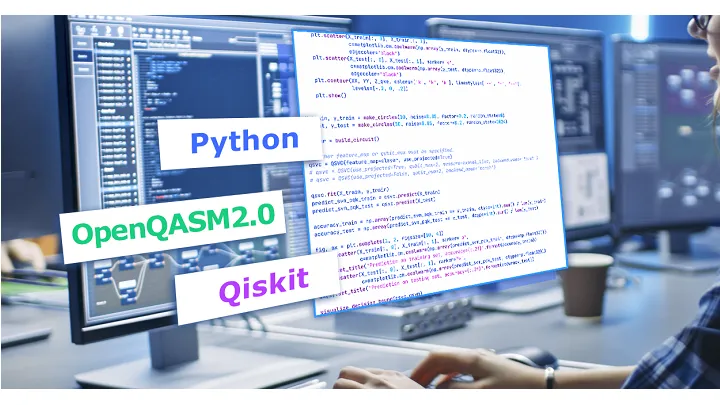
Overview: SpinQit's mobile simulator visualizes NMR quantum computing with spin manipulations, teaching basics like Bloch spheres and pulse sequences.
Strengths: Intuitive Bloch sphere rotator shows qubit evolutions in 3D, perfect for grasping precession and Rabi oscillations visually. Free tier simulates small systems offline, with $9.99/month pro for larger registers and export to Qiskit. Tutorials cover from qubits to simple Grover search, bridging NMR to superconducting paradigms. Community challenges share pulse designs.
Weaknesses: NMR-specific visuals may confuse gate-model fans, and simulator caps at 4 qubits on mobile. Pro needed for noise modeling, gating realism. UI dated, with zoom issues on spheres.
Overall Evaluation: SpinQit illuminates qubit dynamics via spins, great for visual theorists, though specificity and limits suit niches.
6. Quantum Odyssey
Overview: Quantum Odyssey app offers narrative-driven modules on quantum principles, with interactive stories simulating circuits and measurements for basics.
Strengths: Story-based learning contextualizes superposition via sci-fi scenarios, making entanglement memorable without math overload. Free with offline modules, it includes quizzes reinforcing Deutsch-Jozsa basics. AR previews on compatible phones visualize qubits in space, enhancing immersion. Progress journal tracks insights, ideal for reflective learners.
Weaknesses: Narrative pace slows for quick drills, and interactions basic without full coding. Limited to iOS initially, Android beta spotty. Stories assume English fluency.
Overall Evaluation: Quantum Odyssey narrates basics engagingly, suiting story lovers, but pace and access may clip wings.
Conclusion
Exploring quantum computing basics on mobile ignites 2025's quantum dawn, from IBM's supremacy to everyday apps simulating qubits, and these six tools pocket that revolution. Starters puzzle Hello Quantum or Quantum Moves for fun, deepen with Black Opal or IBM Lab for sims. Gems like SpinQit's spheres or Odyssey's tales shine—but niches or lags suggest blends. As fault-tolerant quanta near, these evolve. Puzzle daily, simulate gates, mix apps to quantum-leap your basics into bold futures.
